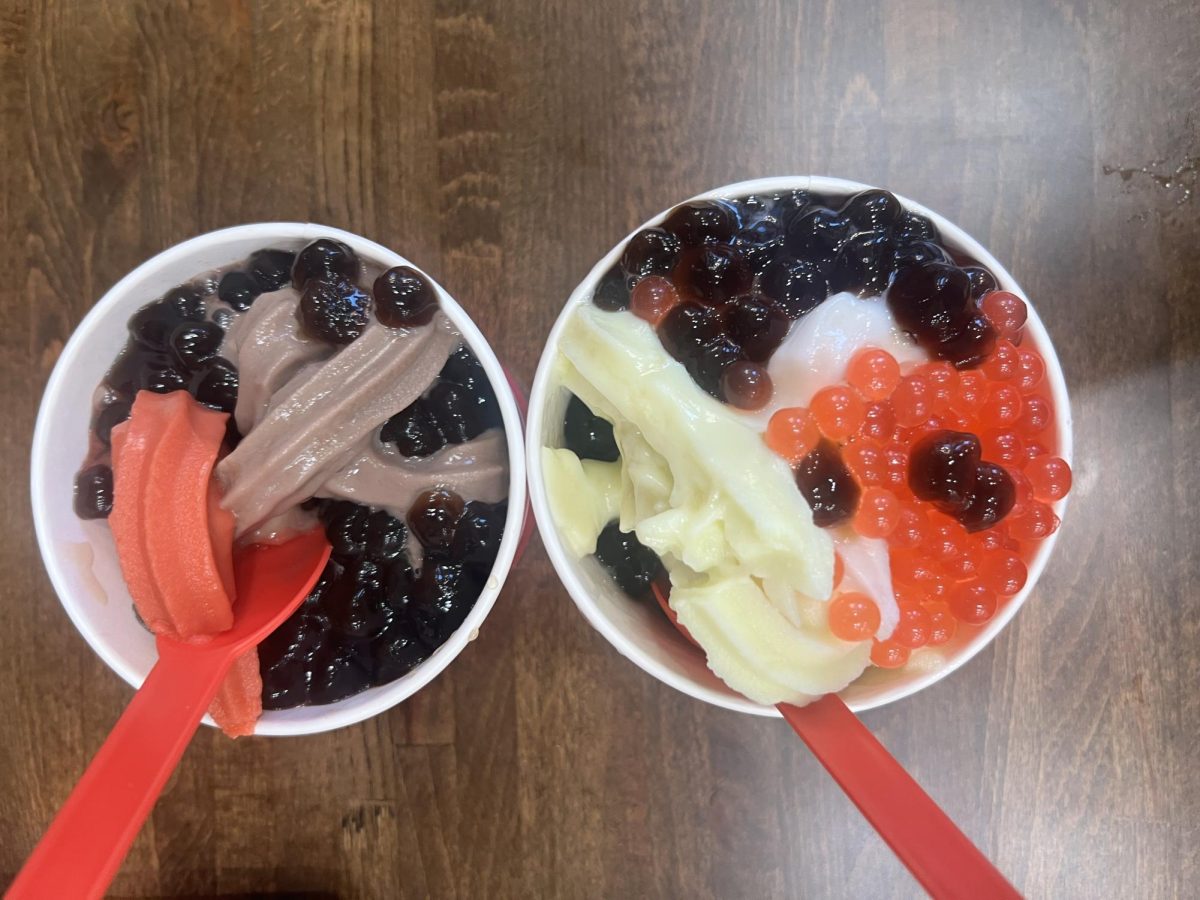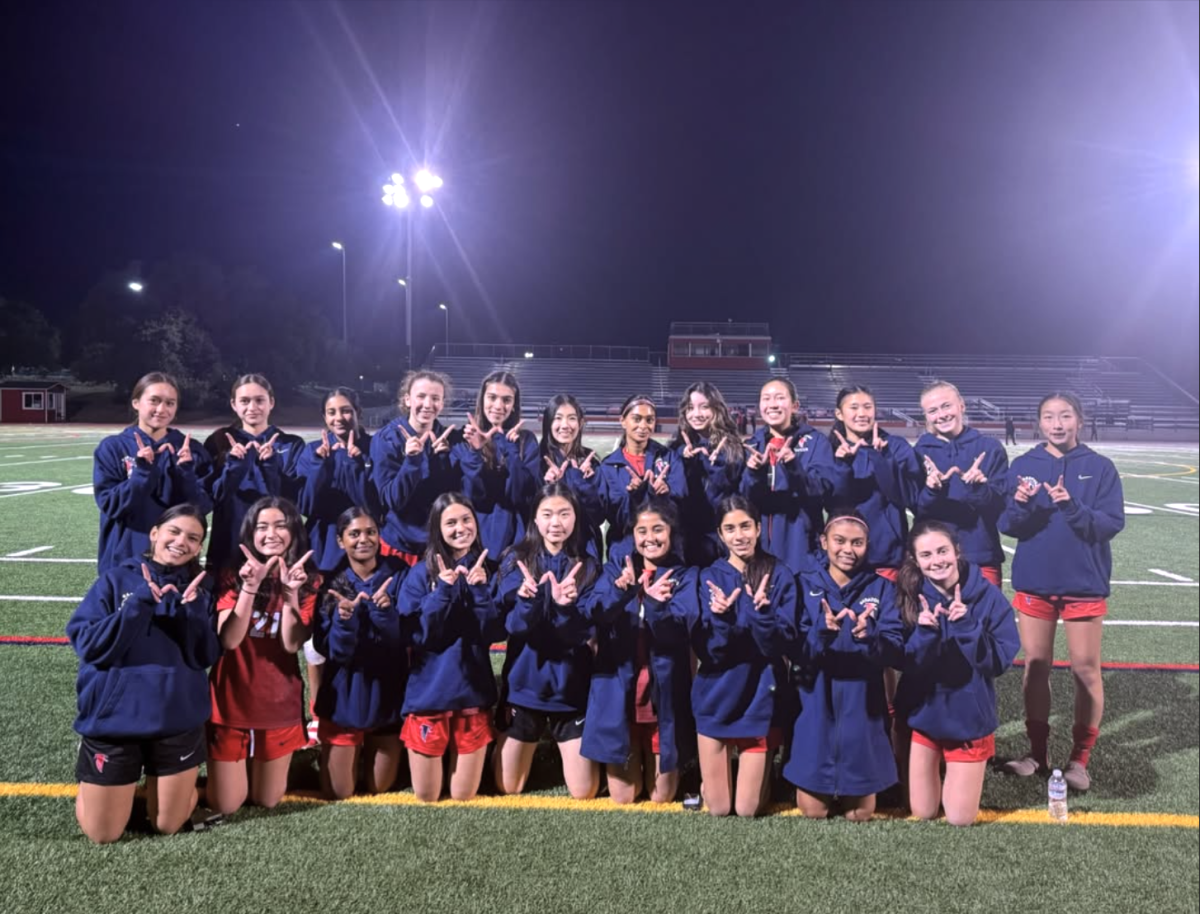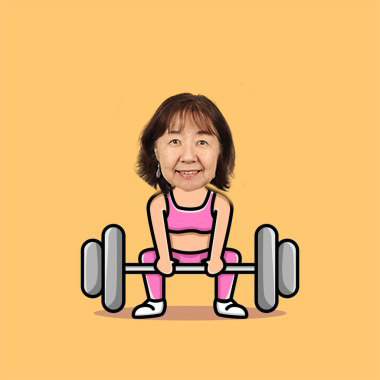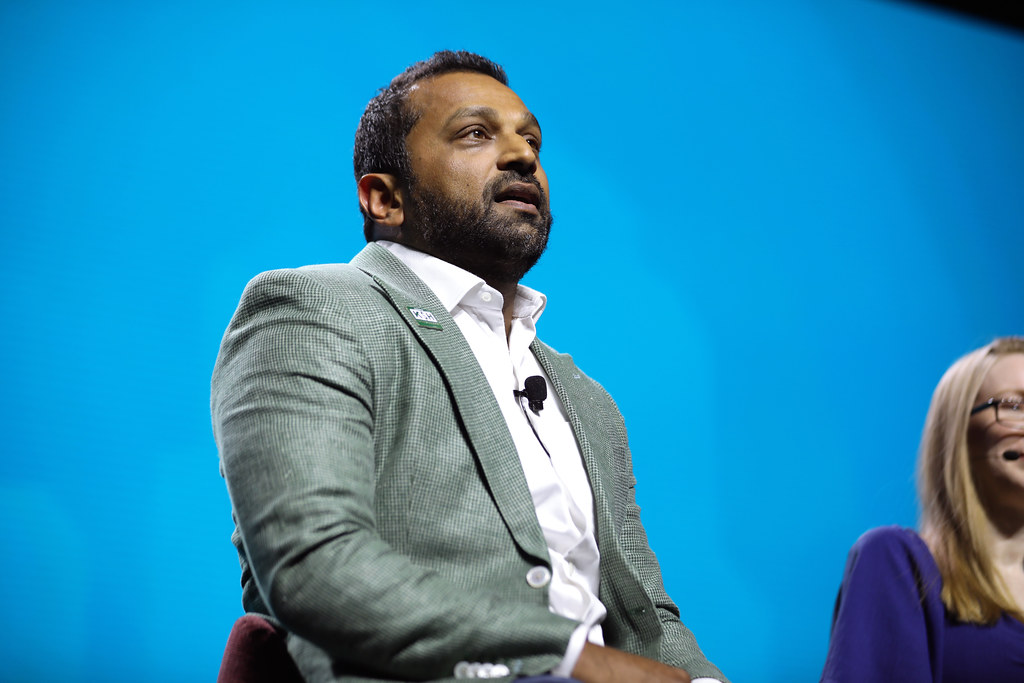Sold at auction for a whopping $120,000 and occupying the front pages of numerous art magazines, “Comedian” — an abstract 2019 art piece by Italian artist Maurizio Cattelan of a banana duct taped to a wall — truly embodies absurdity. But to senior Kasie Yang, “Comedian” served as a source of inspiration as she explored 3D art.
“Though I thought “Comedian” was a random art piece at first, I realized there are conceptual ideas behind each piece,” Yang said. “These installations usually won’t be understood until the audience reads the narrative — a comedic absurdity of its evaluation in the art market.”
Yang was interested in deriving concepts from simple, everyday objects. Prior to Yang’s venture into 3D art in 9th grade, she worked strictly with 2D art since she was in elementary school, so making the switch proved to be quite difficult. During the transitioning phase, Yang referred to “Comedian” as a guide and example to follow.
“It was tough at first since I had no idea what I was doing,” Yang said. “But real soon, I got the gist of it. I slowly liked it more than the 2D drawings I did — especially because I could express myself through these seemingly random objects,” Yang said.
Her creative process begins with determining what the overarching theme for her piece should be. To gain inspiration, she often goes on walks around her neighborhood, carrying her current art pieces with her and drawing ideas from her surroundings.
For her first 3D art project, Yang experimented with different materials — such as wooden skewers and construction paper — and techniques in an attempt to create something unique.
To craft her first installation, she took four long wooden skewers facing different directions and tied them together at an intersection as a base. She then created replicas of the skewers to attach to the main base. The finished product consisting of a mountain of skewers resembled leaves growing off of a branch.
After she finished the piece, Yang took pictures of the installation from an array of angles in hopes of finding one which would provide what she called a “wow factor.”
For one of her experiments, she took a photo of the wooden skewers with the sky as a backdrop. Then, in post-production, she edited out the majority of the sky using Photoshop, only leaving the space between the wooden skewers to juxtapose a vibrant image against the dark background.
Yang was inspired to start her most recent installations when she glanced into the corner of her art studio and her eyes hooked onto a toilet seat.
Originally, the toilet seat reminded her of waste. She questioned why the toilet seat was sitting in the corner and not being used. It then inspired her with another idea: contrasting greenery and waste.
“I have a garden with fruits and some vines in my backyard, which created a contrast in my mind,” Yang said. “The toilet seat is like waste, and the greenery is like fruit and life. It shows how pollution is ruining nature.”
Another idea emerged when she placed it on her shoulder while experimenting in her garden. She realized she could add value to the toilet seat simply by adding a brand name.
“When I put it on my shoulder, it reminded me of Channel’s tennis racket,” Yang said. “I decided to experiment with it and use satire to show that anything, even a toilet seat, can be turned into something luxurious just with the addition of a logo.”
Currently, Yang is working on both the garden and luxury bag project with the underlying concepts of waste.
Though each work seems simple at first, Yang emphasizes the hidden message and the labor that goes into each piece. Many of her pieces take weeks of brainstorming, building, photographing and editing to create.
Despite the effort it takes to create each installation, Yang said they have helped her see the world from a different perspective.
“Making different concepts with random objects really piqued my interest,” Yang said. “I wanted to express myself and my ideas through these installations and improve my skills in the process. It has really helped me develop my creative side.”


























